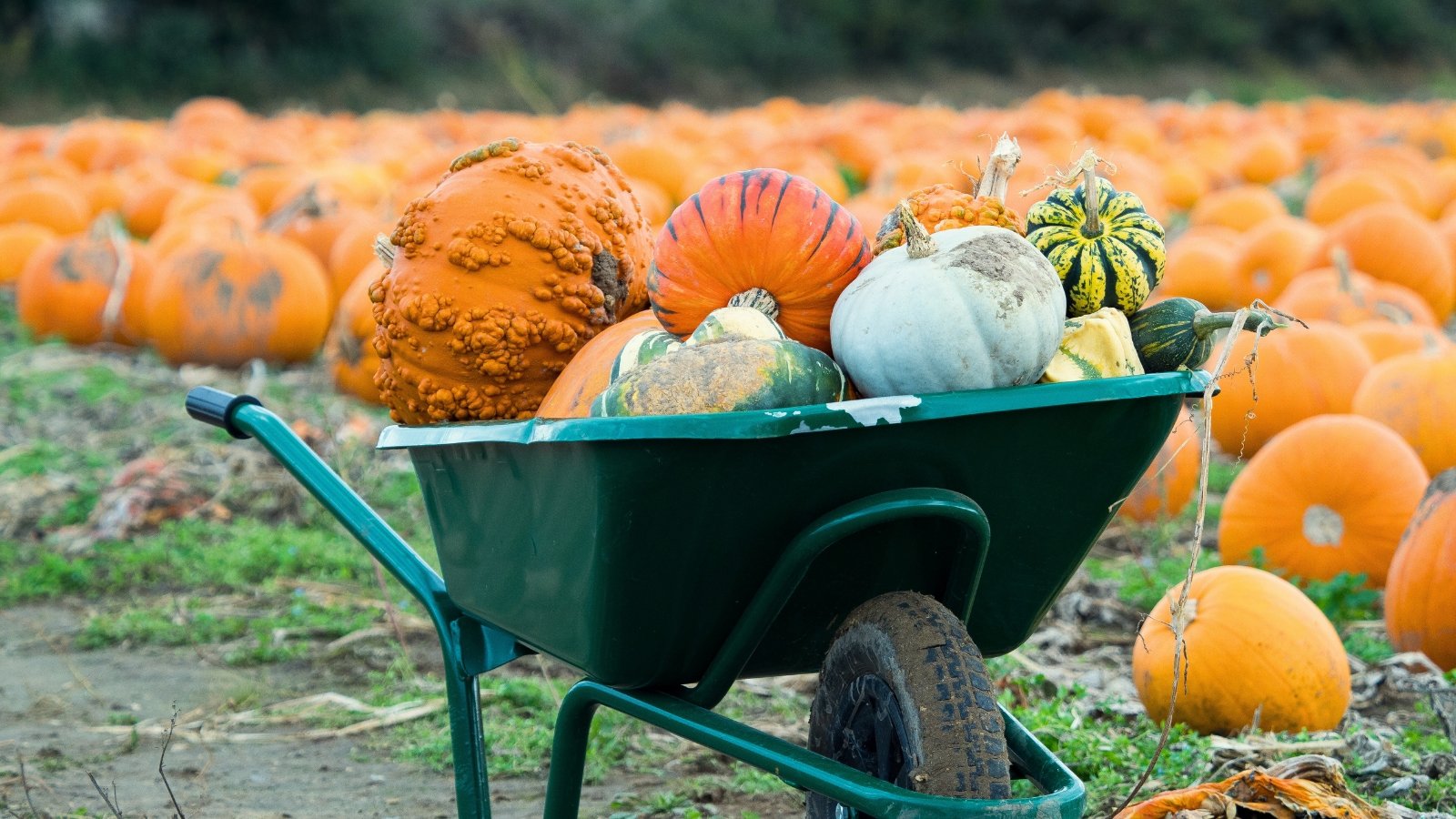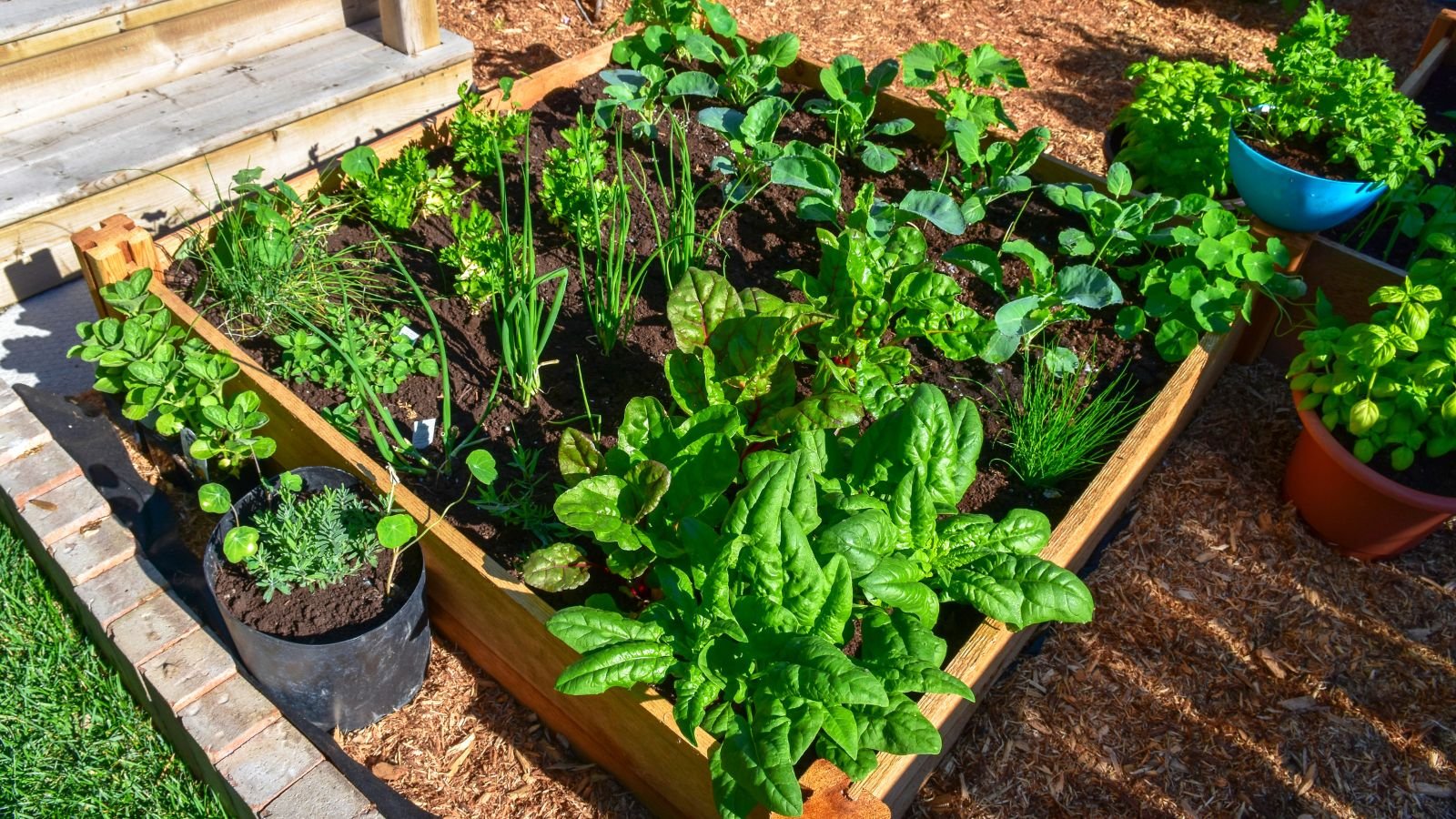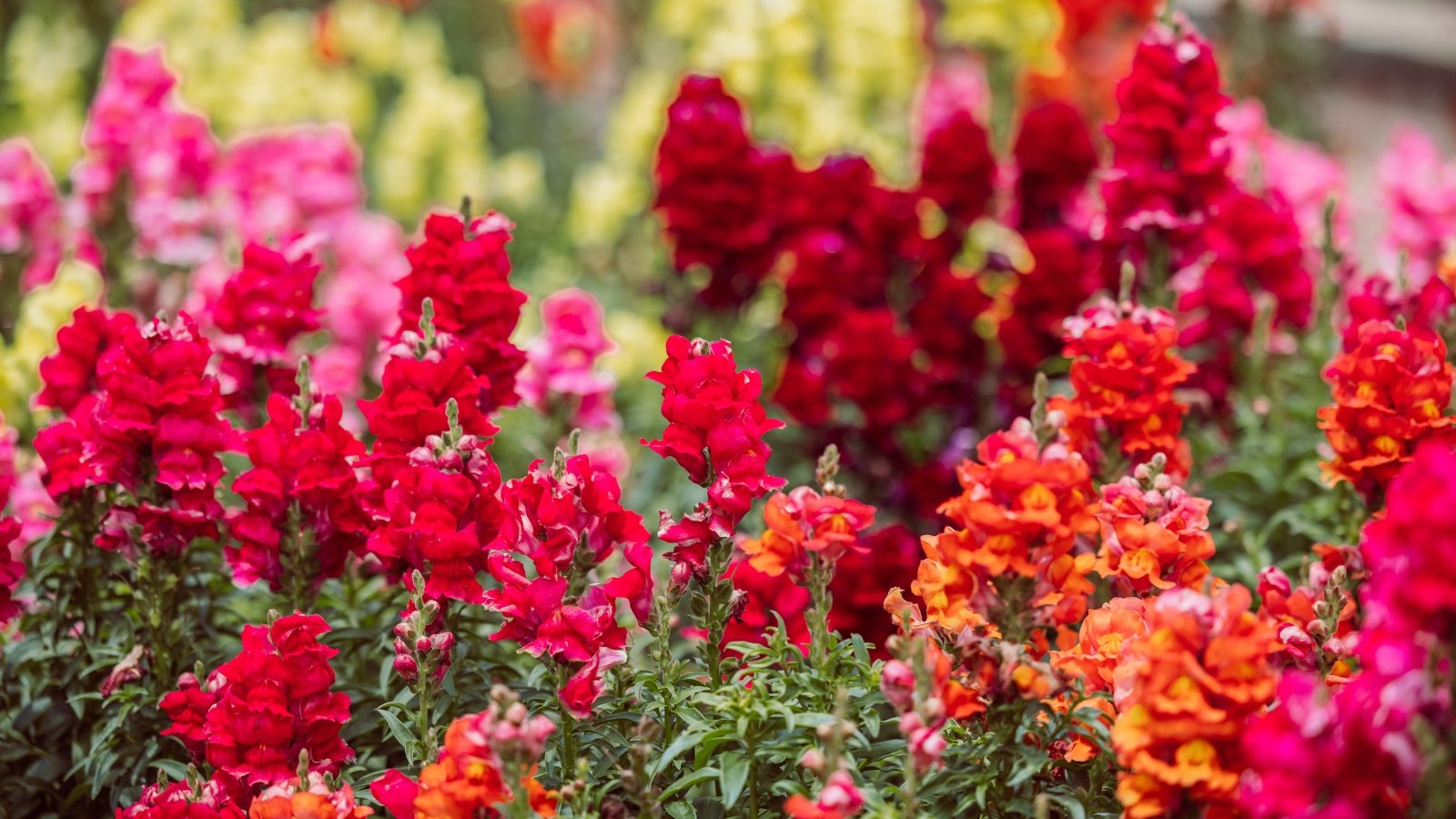PROTECT YOUR DNA WITH QUANTUM TECHNOLOGY
Orgo-Life the new way to the future Advertising by AdpathwayPotatoes are unique from other vegetables because you plant their roots rather than seeds! The starchy parts we eat are tubers, which are underground root storage systems that hold nutrients, moisture, and energy for when the plants need them most.
There are three ways to start them: seeds, whole portions, and cut pieces. Seeds require a long sprouting period before they’re ready for transplanting, while whole and cut tubers work well in most climates. Whether to use them whole or cut depends on the size of the potatoes and how many eyes they have.
Eyes are indented spots on the tubers where new shoots and roots form. Each potato or potato portion must have at least one eye. Without eyes, little or no sprouts will occur, and your starts may rot underground. Noting the eyes is a crucial task in starting taters successfully.
So, is it a good idea to plant whole potatoes? Let’s find out!
Clancy Potato

Power Planter

Power Planter DIY Guru Auger (3″ x 12″)
Harvest Basket

The Short Answer
You may plant whole potatoes or cut parts of the tubers. Plant small potatoes around an inch in diameter whole, and cut larger ones into multiple sections. Ensure each piece has an eye, though two or three eyes are better for maximum growth.
There’s nothing wrong with planting a large tuber! It’s just more economical to cut the large roots into smaller pieces so you can grow multiple plants instead of one.
The Long Answer
 Plant whole ones or pieces depending on your variety preference and space for a late harvest.
Plant whole ones or pieces depending on your variety preference and space for a late harvest.Whether or not to plant whole potatoes depends on the variety and your growing preferences. Perhaps you’d prefer a few vigorous plants in the garden over many well-performing ones. No matter your preferences, these steps will help you plant the crops at the right time for bountiful harvests in late summer.
How Big is the Potato?
 Cut spuds larger than 1.25 inches into pieces with 1-3 eyes to maximize planting yield.
Cut spuds larger than 1.25 inches into pieces with 1-3 eyes to maximize planting yield.Plant whole taters if they’re one-and-a-quarter-inch in diameter or smaller. Small seed taters sprout well without the need for cutting. This size is optimal, as you save time not cutting them into small portions.
Garden centers and farm supply stores often carry seed tubers of this size, and specialty shops also sell them online. When purchasing, ensure they’re swollen with thick skin and sufficient eyes. Avoid those that have wrinkles, soft spots, or visible signs of rot and pests.
Tubers with a diameter larger than one-and-a-quarter-inch are perfect for cutting into smaller portions. You can maximize your supply by turning a single seed tuber into multiple. The only requirement is that each portion has one to three eyes where sprouts and roots will grow. This ensures they take well in the garden after they sprout in spring.
Cut Potatoes into Pieces
 Use a sharp, sterilized knife to slice them into 1.25-inch pieces with healthy eyes.
Use a sharp, sterilized knife to slice them into 1.25-inch pieces with healthy eyes.Use a sharp knife that’s clean and sterile to cut the taters. This ensures their wounds heal well to help them thwart pests and diseases. On a cutting board, slice the tubers into one-and-a-quarter-inch portions with one to three eyes per piece.
Though one eye is sufficient, two or three are better than one. Each eye grows a new shoot that develops into roots, stems, and eventually leaves and additional tubers. The more shoots the pieces have the more likely they’ll grow well during the growing season.
Small seed potatoes may have one or two eyes; that is okay! Though higher eye counts may increase your harvest amounts, the crops need continuous care and cultivation during the growing season. Small tuber pieces can catch up to big ones if you garden where summers are long, warm, and sunny!
Let the Wound Callus
 Let cut pieces dry until callused before planting to prevent rot, pests, and dehydration issues.
Let cut pieces dry until callused before planting to prevent rot, pests, and dehydration issues.Before planting your crop, let any cut pieces heal and form calluses. Calluses are tough, protective layers that protect the storage unit from pests and dehydration. A few environmental conditions ensure proper callus formation.
To help calluses form, place the cut potatoes on trays somewhere in your home. A spot between 60-70°F (16-21°C) is best, as most indoor rooms sit at this range. The wounds should dry and form a thick covering that resists puncturing. This may take anywhere from a few days to a week, depending on how large the cuts are.
After the cuts heal, you may begin planting when it’s best to do so in your region. You may plant potatoes as soon as the soil is workable in early spring. This usually occurs one to two months before your zone’s last average frost date.
Plant Whole or Cut Potatoes
 Plant them 3-5 inches deep, spacing them 10-12 inches apart in rows or garden beds.
Plant them 3-5 inches deep, spacing them 10-12 inches apart in rows or garden beds.Unlike seeds, tubers grow best when you plant them at low depths. Bury them three to five inches deep in containers, raised beds, or in-ground beds. Position each tuber or cut portion 10 to 12 inches apart in rows or sporadically throughout the garden.
You may modify how close you plant them to adjust how big or small your future harvest will be. Position them closer to each other to grow small, fingerling potatoes and farther apart for big, swollen ones.
These veggies appreciate moist, fertile, and loose soil rich in organic matter. Cover them with four to five inches of compost or potting soil, and water them well. Use a loamy mix with equal parts sand, loam, and clay if mixing the soil yourself. Otherwise, pick an organic blend that’s made for vegetables.
Cover Them Up
 Cover them well to prevent greening, which makes them bitter and potentially toxic.
Cover them well to prevent greening, which makes them bitter and potentially toxic.These crops grow differently than most others! You’ll need to hill them as the seasons progress. Hilling is a technique of burying, where you place additional soil along the growing stems to increase tuber formation.
Potatoes form tubers along free-rooting stems that grow beneath the soil. When you push soil on the stems, you increase the chances of these tubers forming. Use compost or the same potting mix you used at planting time. Note that determinate types will not require as much hilling.
This process also protects the topmost crops from sunlight. Potatoes will turn green and poisonous the more light they receive; you’ll notice they taste bitter if you eat them. When you cover the top ones, you save your harvest by preventing it from turning green.
Aftercare
 Harvest fingerlings after 6-8 weeks; for larger crops, wait until plants yellow and wither.
Harvest fingerlings after 6-8 weeks; for larger crops, wait until plants yellow and wither.Most varieties need six to ten weeks to form small, fingerling-style taters. You may harvest them if the plants are still growing. For large taters, wait until the plants reach full size, turn yellow, and wither. This occurs from mid-to-late summer and through fall in regions with short growing seasons.
Throughout their lifetime, these crops benefit from regular moisture, well-drained soil, and ample fertility. Amend them with compost to keep them well-fed and nourished, ensuring the top parts have access to full sun while they grow.
Some happy plants may form berries and seeds on their stems. Do not eat the fruits—they’re toxic. You may save their seeds for sprouting. They’ll grow new, unique varieties!


 6 months ago
60
6 months ago
60





















 English (US) ·
English (US) ·  French (CA) ·
French (CA) ·